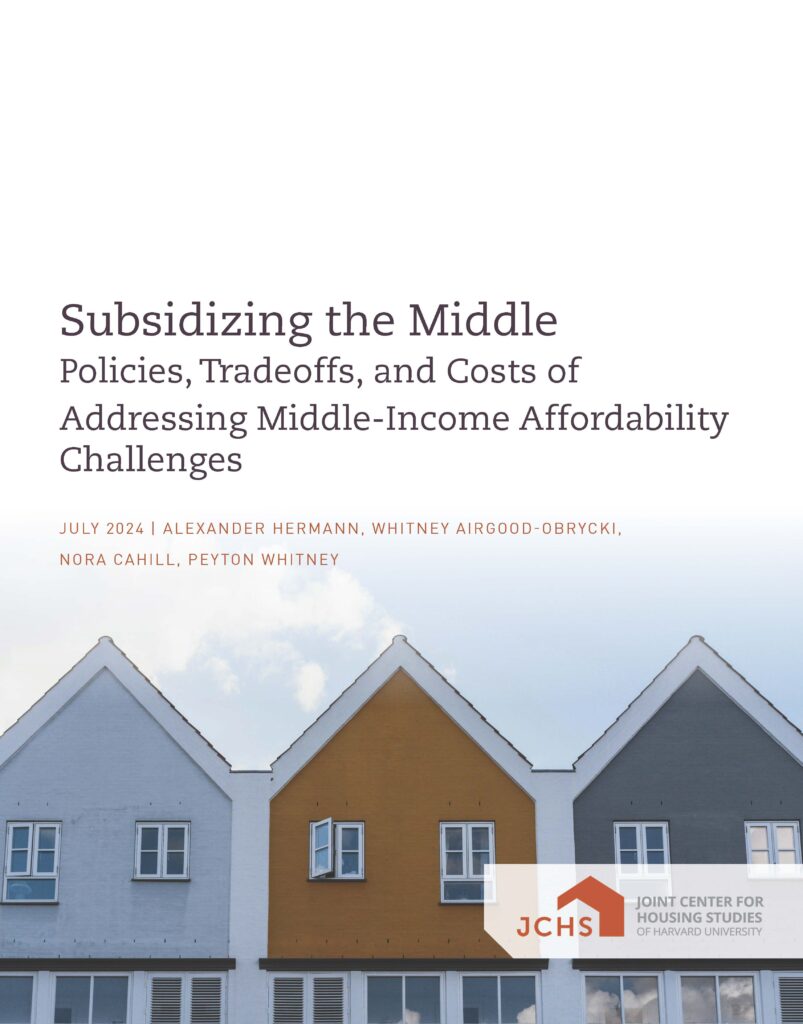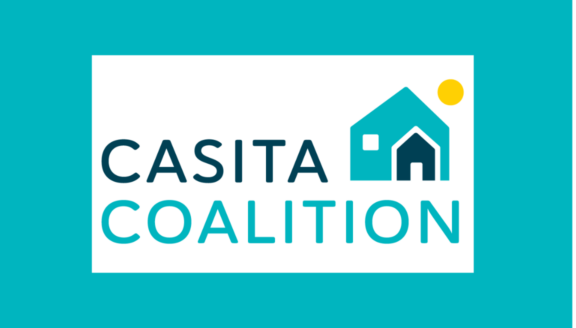
As housing affordability challenges escalate, an increasing number of middle-income renter households are facing cost burdens. In response, states and localities are implementing policies to address these needs. While these programs aim to expand affordable housing in high-cost areas, they face criticism for potentially diverting resources from lower-income households.
This new research paper from the Harvard Joint Center for Housing Studies explores these middle-income housing initiatives, evaluating their goals, benefits, and the tradeoffs involved. By examining eleven state and local programs, the paper finds these initiatives are becoming more common across diverse regions, primarily focusing on expanding housing supply for the “workforce” based on area median income.
However, these programs often fall short of assisting the most cost-burdened renters, who are predominantly lower-income. Moreover, the demographic disparity, with middle-income renters being disproportionately white, raises concerns about reinforcing racial inequities.
The paper recommend designing middle-income housing programs that do not detract from resources for the lowest-income households, operate in areas where the market fails to serve middle-income renters, and provide additional benefits to lower-income communities. Read the full report to understand the complexities and potential solutions in addressing middle-income housing needs.



